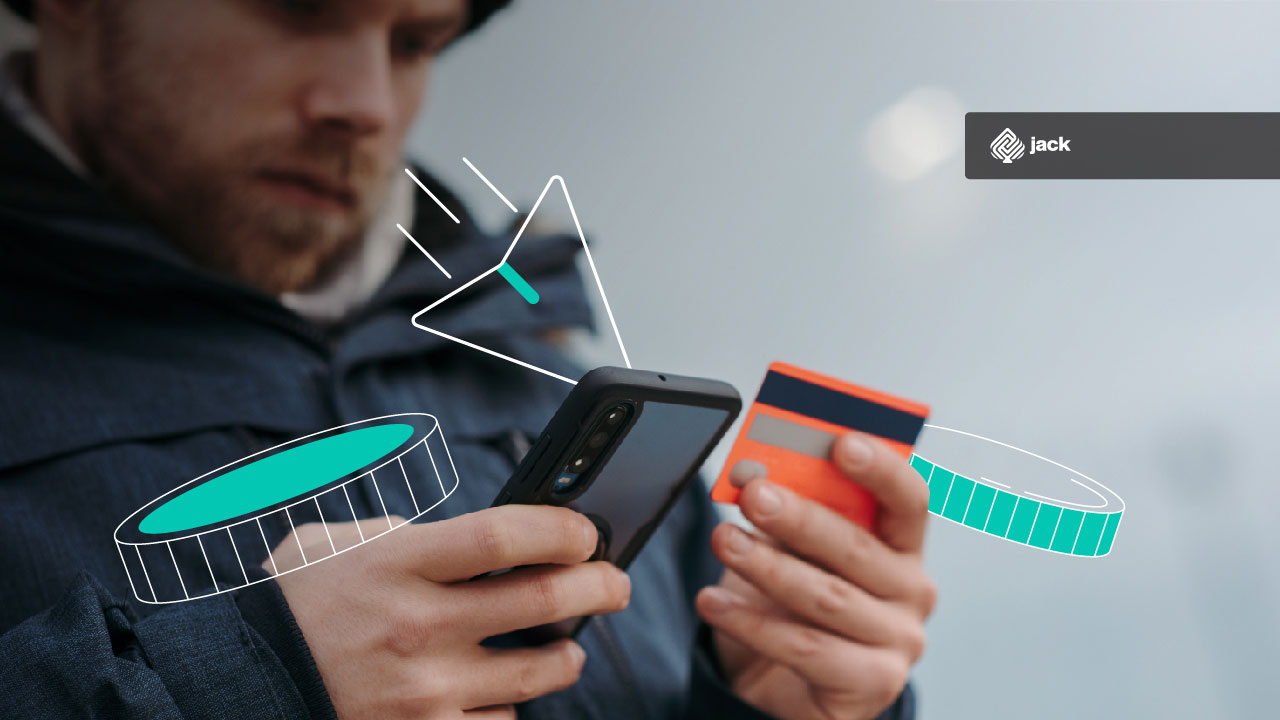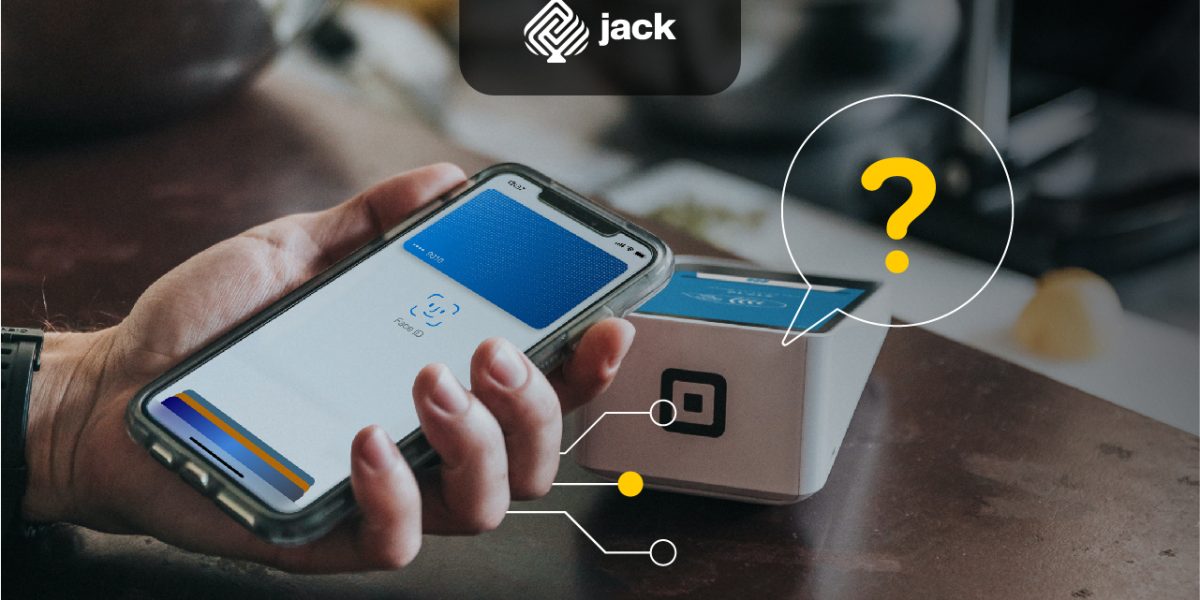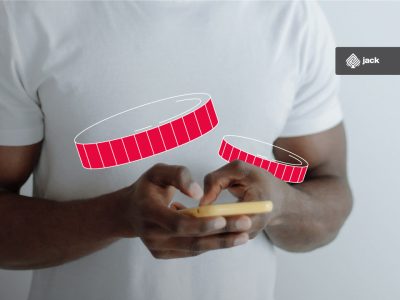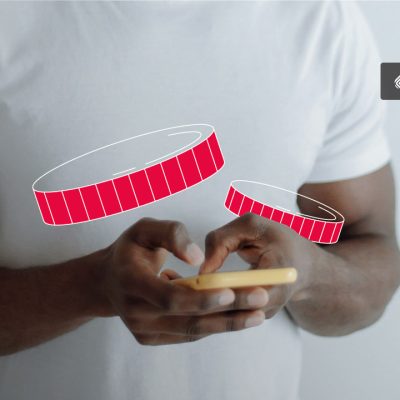Using credit cards is one of the options for financing business expenses that are relatively easy and affordable. For some businesses, using credit cards is a common practice.
It’s no wonder that many business owners now use credit cards to suit their needs in running their businesses. Therefore, credit cards are chosen as the easiest transaction tool to pay for business expenses.
What is a Credit Card?

A credit card is a payment tool that uses a card and can be used to fulfill obligations that have arisen from economic activities, including shopping transactions and cash withdrawals. The card issuer must fulfill these obligations, and the cardholder has an obligation to pay the bill according to the agreed terms.
When talking about credit cards, we usually think of their use in fulfilling consumer needs related to consumption.
Spend with Flexibility, Anywhere with Jack
However, there are now credit cards available for businesses and corporations that tend to be productive because they are issued for business entities or individuals who work for those entities.
Examples of Using Credit Cards in Business

Almost all business expenses can now be paid using credit cards, especially if the card is integrated into an expense management platform. One of the common uses of credit cards is to support business travel expenses.
Before traveling, an estimated budget must be prepared to support the trip. Other examples of using credit cards to support business expenses include purchasing office equipment, paying suppliers, advertising on social media, buying software or applications to support productivity, and paying utility bills such as electricity and water.
Benefits of Integrating Credit Cards in Business

In this digital era, credit cards can provide easier and more practical access to financing and funding. When integrated into expense management systems, credit cards can provide many benefits for business owners with limited resources.
As for the benefits of using a credit card to support a business, they are as follows:
1. Financial Access Convenience
By using just one credit card, users can provide their payment card to every employee who will need it, not only to managers or directors. However, credit card usage can also be utilized at any time according to the policy of the relevant company.
For example, the use of a credit card to pay for airline tickets by employees who want to travel for business. The employee does not need to wait for manual disbursement and bureaucratic processes or even fund it first for ticket purchases so that the cash flow management of the company can run better.
2. Cashless Transactions
The presence of cash has many benefits for paying for certain business expenses. However, for routine and large expenditures, non-cash payments can be the best option.
By making payments using a credit card, there is no risk of lost money on the way, whether intentionally or not.
Non-cash payments mean that every employee working in the company does not need to bother with administrative arrangements to the finance department of the company.
3. More Flexible Limit Settings
Limit settings for credit card usage are still fixed for each card used. When integrated into the expenditure management platform, each card can be flexibly adjusted to the required limit, such as managers obtaining a larger limit because their needs are larger.
Business owners or financial managers can adjust the limit on each card at any time, including when employees suddenly need additional funds to meet work needs. Of course, the employee must first request approval to increase the transaction limit.
4. No Need for Financial Reports
Collecting paper receipts for each transaction is very troublesome, especially when coupled with the obligation to create financial reports related to every expenditure transaction. This hassle can be more easily overcome with integration of credit card usage.
This is because all transactions have been recorded through the expenditure management platform and can be easily accessed by anyone who has the authority to view them, especially the finance department.
Regarding receipts and others, it is sufficient to take photos and update the platform just like using Instagram.
5. Real-Time Transaction Data
Credit card transactions can be done in real-time with the data available for viewing by the company’s finance department. For example, the use of a credit card to pay for hotel expenses or business travel.
See also video tutorials from financial and business from Jack.
Use Jack for your business needs
The process of recording transactions using a credit card by the bank usually takes 1 to 2 days from the day the transaction is made. Real data for transactions can be known when the bill comes and this data is needed to record accounting.






